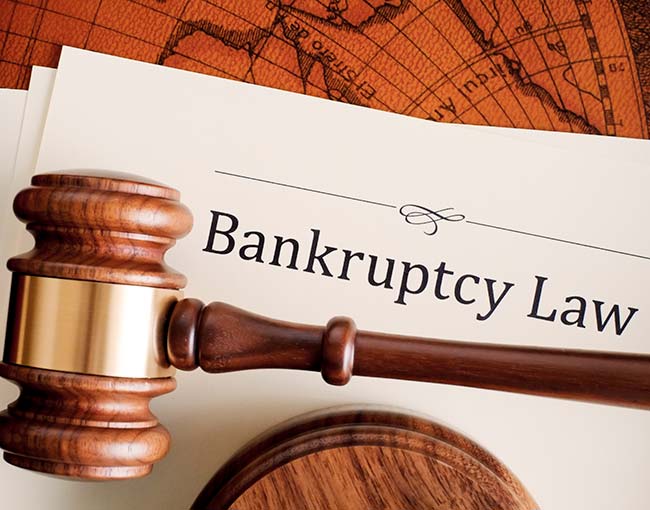New value is an important defense to preference liability under the Bankruptcy Code. It allows a preference defendant to relieve their preference liability on a dollar-for-dollar basis for the value provided to the debtor prior to the bankruptcy case.
In a very important decision, the Eighth Circuit recently addressed how the new value defense to preference liability should be applied in three-party payment arrangement.
On March 20, 2014, in Stoebner v. San Diego Gas & Electric Company and Stoebner v. Southern California Edison Company (In re LGI Energy Solutions, Inc.), the Eighth Circuit affirmed the decision of the Eighth Circuit Bankruptcy Appellate Panel regarding the new value defense under 11 U.S.C. § 547(c)(4) to preference liability. The Eighth Circuit held that in a three-party payment arrangement, a recipient of payments from a third-party invoice or payment processing company can use the new value provided by the customer of the debtor to reduce potential preference liability of the service provider.
What is the new value defense?
A bankruptcy trustee is empowered under the Bankruptcy Code to avoid and recover as a “preference” a transfer of an interest in property of the debtor made during the 90 days prior to the bankruptcy filing. A transfer could be considered preferential if it was made to or for the benefit of a creditor on account of an existing debtor and if it permits the creditor to receive more than what the creditor would otherwise have received in a Chapter 7 (liquidation) bankruptcy had the transfer not occurred. For example, a creditor delivers $10,000 of goods on day 1. The debtor pays that creditor $10,000 on day 30 on account of the delivery and then files for bankruptcy on day 60. In this scenario, the creditor may have to return the $10,000 to the bankruptcy estate as a preference.
However, the “subsequent new value” defense under 11 U.S.C. § 547(c)(4) permits a creditor/preference defendant to reduce the preference liability by the amount of the new value that the creditor provided to the debtor after the creditor received the preference payment. Looking at the example, if the creditor also delivered $5,000 worth of goods on day 45, the creditor may be able to reduce the preference liability by the $5,000 of new value that the creditor delivered in new value after the creditor received the preference payment.
Application of new value in three-party transactions
The application of the new value defense certainly gets more complicated when the parties are engaged with a third-party payment processing company, who itself becomes a bankruptcy debtor.
These third-party payment processing arrangements generally take the form of a customer-making arrangements with the third-party processor to process and audit invoices from a group of service providers, such as utility companies or common carriers. The service providers send their invoices to the third-party processor to be audited and paid. The processor sends a regular (weekly or monthly) summary to the customer, and the customer pays the third-party processor for the audited invoices. The third-party processor then makes payments to the service providers on the customer’s accounts.
The facts of the LGI Energy cases are no less complicated. In LGI Energy, the customers of LGI entered into an arrangement with LGI for it to process its invoices and payments to certain utility companies. During the preference period, the customers paid LGI money for payment of certain invoices owed to the utility companies, and LGI sent payment to the utility companies. The utility companies continued to provide services to the customers and to invoice the customers for those services by sending the invoices to LGI. LGI processed those invoices, and the customers paid money into LGI for payment of the invoices. LGI, however, did not process the payments on later utility company invoices.
When LGI filed for bankruptcy, the bankruptcy trustee sued the utility companies that were paid money from LGI during the preference period. The utility companies attempted a new value defense by pointing to the funds that the customers paid to LGI on new invoices after LGI paid the preference period payments.
The bankruptcy court determined that because the utility companies did not provide the new value themselves, they could not take advantage of the subsequent new value provided by LGI’s customers. The Eighth Circuit BAP reversed the bankruptcy court and held that the utility companies could use the subsequent new value that was provided by the customer for whose benefit the transfer was being made as a defense. The Eighth Circuit affirmed this decision.
The conclusion that can be drawn from the LGI Energy case is that the money that a customer pays to a debtor for the benefit of a preference defendant could be used by the preference defendant as new value even though the preference defendant did not provide the new value directly to the debtor. In defending preference suits, it is important to consider whether another party provided new value to a debtor that the preference defendant can use as a defense to preference liability.
Brian Hockett is a partner in Thompson Coburn’s Financial Restructuring group. You can reach Brian at (314) 552-6461 or bhockett@thompsoncoburn.com.






